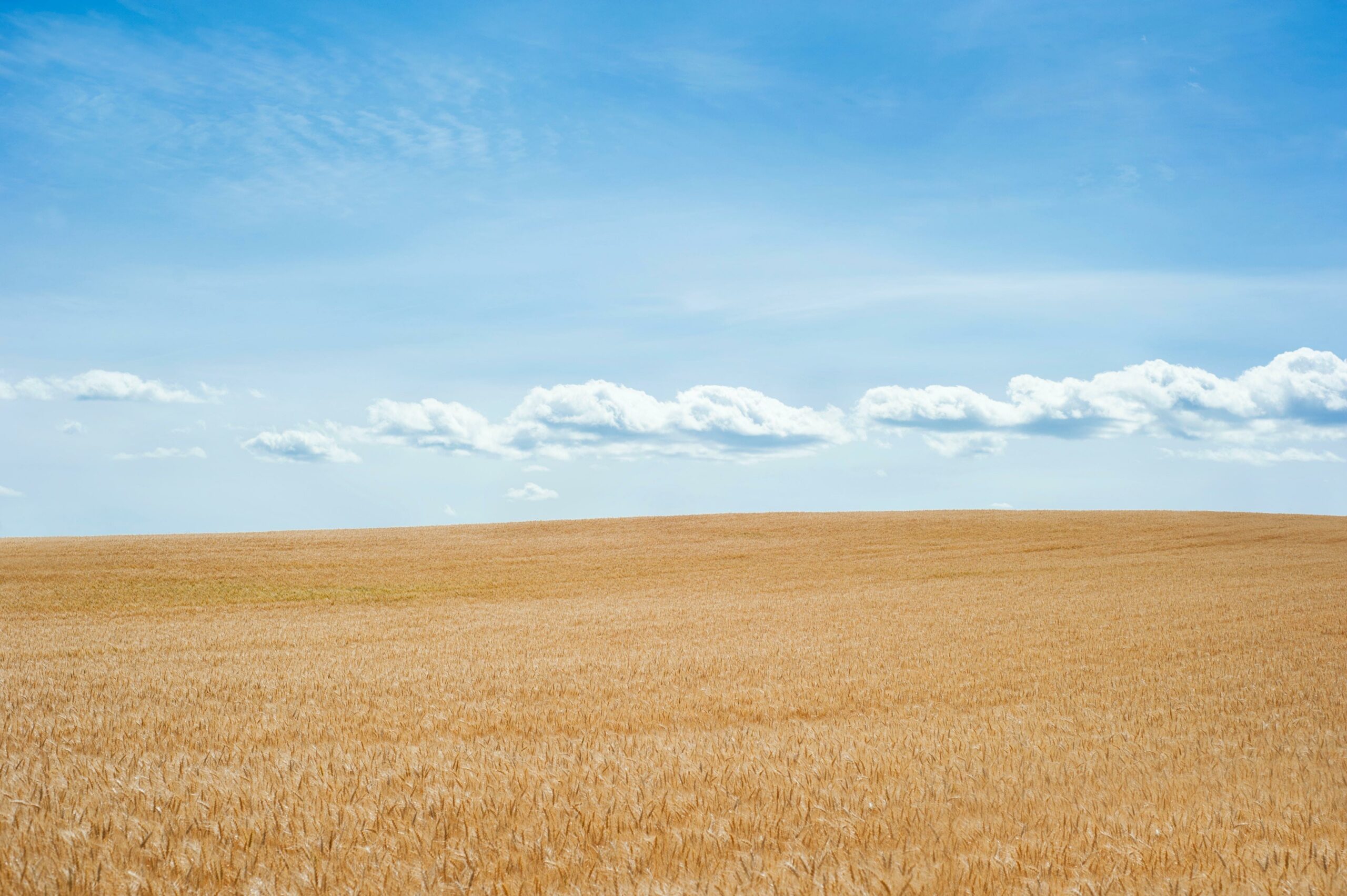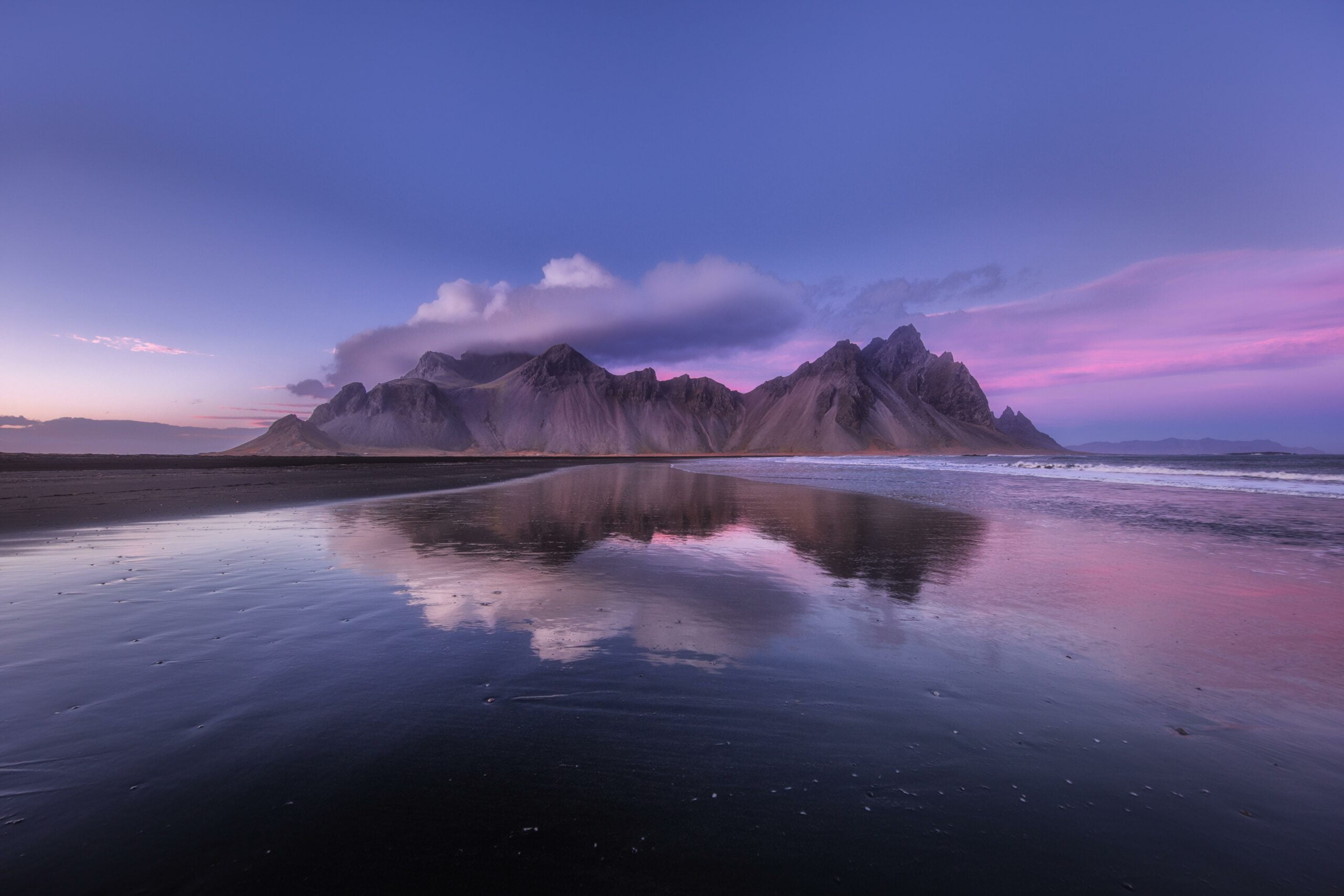Are you ready to unlock the secrets of breathtaking landscape design? In this article, we delve deep into the world of outdoor spaces, uncovering the key elements that are essential for creating stunning environments. From the perfect blend of plants to the artful arrangement of hardscaping, water features, and lighting, we will guide you through the intricate process of mastering landscape design. Whether you’re a homeowner looking to transform your backyard oasis or a design enthusiast seeking inspiration, get ready to embark on a journey towards creating extraordinary havens right outside your door.

Landscape Design Elements
When it comes to creating stunning outdoor spaces, mastering the key elements of landscape design is essential. By understanding how to incorporate these elements into your design, you can transform any ordinary space into an extraordinary haven. Let’s explore the fundamental landscape design elements that will elevate your outdoor space to new levels of beauty and functionality.
The Essential Elements: Line, Form, Color, Texture, and Scale
In landscape design, there are five essential elements that form the foundation of a well-designed space. These elements are line, form, color, texture, and scale. Each element plays a crucial role in creating a harmonious and visually appealing outdoor environment.
Line refers to the structures and shapes within a landscape. It can be straight or curved, horizontal or vertical, and even zigzag or diagonal. By carefully considering the lines in your design, you can create a sense of movement, direction, and rhythm.
Form relates to the overall shape and structure of the elements in your landscape. It includes both natural and man-made features such as trees, shrubs, fences, and pergolas. By incorporating strong and distinctive forms, you can make your design memorable and distinctive.
Color brings a garden to life and adds dimension and interest to landscape design. From the vibrant hues of flowers to the changing palette of foliage throughout the seasons, color creates visual impact and enhances the mood of your outdoor space.
Texture refers to the surface quality of the elements in your design. It can be perceived through touch or visually. Incorporating a variety of textures, such as smooth leaves, rough tree bark, or fine gravel paths, adds depth and tactile interest to your landscape.
Scale involves the relationship between the size of objects and their surroundings. By carefully considering scale, you can create a sense of proportion and balance within your design.
To create a stunning landscape, it’s crucial to consider each of these elements and how they interact with one another. By blending line, form, color, texture, and scale effectively, you can achieve a cohesive and visually pleasing outdoor space.
“Mastering the key elements of landscape design, including line, form, color, texture, and scale, will elevate your outdoor space to new levels of beauty and functionality.”
Symmetry and Balance: Creating Harmonious Designs
Incorporating symmetry and balance into your landscape design is key to creating harmony and visual appeal. Symmetry refers to an equal distribution of elements on either side of a central point or axis. It creates a sense of order and stability in your design.
By carefully selecting and arranging plants, hardscaping features, and other elements, you can achieve a balanced composition. Balance can be achieved not only through symmetry but also through asymmetrical design, where different elements of varying sizes and shapes are distributed harmoniously.
“Symmetry and balance form the backbone of a harmonious and visually appealing landscape design.”
Water Features: Adding Tranquility and Beauty
Water features are a popular element in landscape design, and for good reason. They add tranquility, beauty, movement, and depth to any outdoor space. Whether it’s a tranquil pond, a cascading waterfall, or a gently flowing stream, water features can transform your garden into a serene oasis.
When incorporating water features, consider their placement carefully. They can act as focal points or provide a backdrop for other elements. The sound of water can also help mask unwanted noise, creating a peaceful ambiance.
“Water features not only add tranquility and beauty but also create movement and depth in your outdoor space.”
Designing for the Winter Doldrums
While most people associate landscape design with the warmer months, designing for the winter season can make the most of this often-overlooked time. By creating landscape design ideas and a garden built for the winter doldrums, you can embrace the unique beauty of the colder months.
Consider incorporating elements that offer visual interest, such as evergreen trees, colorful berries, and textured bark. Structures like pergolas or trellises can provide a framework for winter-blooming vines or climbers. With careful planning, your garden can shine even during the coldest season.
“Designing for the winter doldrums can inject life into your outdoor space, celebrating the unique beauty of the colder months.”
Open Spaces and Free Areas: Achieving Balance
Creating open spaces and free areas is essential in landscape design to provide balance. These areas offer breathing room and prevent the design from feeling cluttered. Open spaces can serve as gathering areas, while free areas can be left intentionally blank to allow for visual rest.
When designing your outdoor space, consider how open spaces and free areas can provide balance and complement the other elements in your design. By striking the right balance between filled and empty spaces, you can create a visually pleasing and inviting landscape.
“Incorporating open spaces and free areas into your landscape design creates balance and allows for visual rest.”
The Importance of Tree Alignment and Arrangement
Trees play a crucial role in landscape design, not only for their aesthetic appeal but also for the functional benefits they provide. The alignment and arrangement of trees can create different areas for use and activities within your outdoor space.
Consider planting trees in rows or groups to create boundaries or screens. Alignment with buildings, pathways, or other elements can help guide and define spaces. By carefully selecting and arranging trees, you can create a sense of structure and organization in your landscape design.
“The alignment and arrangement of trees contribute to creating different areas for use and activities, enhancing the overall function and aesthetics of your outdoor space.”
Guiding Principles in Landscape Design: Proportion, Order, Repetition, and Unity
Design principles provide guidelines for creating visually pleasing landscapes. These principles, including proportion, order, repetition, and unity, guide designers in achieving balance and harmony in their designs.
Proportion refers to the relationship between different elements in terms of size, scale, and quantity. By considering proportion, you can create a balanced and visually appealing design.
Order involves the arrangement of elements to create a sense of organization or hierarchy. It can be achieved through symmetry, repetition, or other design strategies.
Repetition is the repeated use of elements throughout a design. It helps create unity and cohesion.
Unity refers to the overall visual harmony of a design. By creating a sense of unity, you can ensure that all elements work together cohesively.
“Design principles such as proportion, order, repetition, and unity form the backbone of a visually pleasing and harmonious landscape design.”
The Importance of Vegetation: Creating Spatial Conditions
Vegetation plays a crucial role in landscape design, as it can create different spatial conditions within an outdoor space. By strategically selecting and placing plants, you can define areas, provide privacy, and establish a sense of enclosure.
Consider using plants as screens or barriers to create intimate spaces, or as focal points that draw the eye. By incorporating vegetation effectively, you can enhance the visual interest and functionality of your outdoor space.
“The use of vegetation is essential in landscape design, as it can create spatial conditions and enhance the overall aesthetics and function of your outdoor space.”
Hardscape and Softscape Elements: A Balanced Approach
In landscape design, both hardscape and softscape elements play integral roles in creating a visually appealing outdoor space. Hardscape elements include structures like patios, pathways, and walls, while softscape elements refer to the living components such as trees, shrubs, and flowers.
Balancing hardscape and softscape elements is crucial for creating a harmonious design. Too much hardscape can create a cold and unwelcoming atmosphere, while too much softscape can result in a messy and unkempt appearance. By finding the right balance between these two elements, you can achieve a visually pleasing and functional landscape design.
“A balanced approach to incorporating both hardscape and softscape elements is vital for creating a visually appealing and inviting outdoor space.”
Conclusion
Understanding the basic principles and elements of landscape design is key to creating a successful and visually appealing outdoor space. By incorporating key elements such as line, form, color, texture, and scale, as well as principles like symmetry, balance, and unity, you can transform your outdoor space into a stunning haven. With careful consideration of water features, tree alignment, open spaces, and vegetation, you can elevate the aesthetics and functionality of your landscape design. Remember, landscape design is an art that combines expertise and creativity to craft beautiful and sustainable outdoor spaces.
“By mastering the key elements of landscape design and incorporating them into your outdoor space, you can create stunning landscapes that harmonize with nature and nurture the soul.”
Landscaping is an art form that can completely transform your outdoor space. If you’re looking to learn more about landscaping, we’ve got you covered with these 3 fascinating facts. From the benefits of adding greenery to your yard to the impact of well-designed walkways, these facts will give you a deeper appreciation for the world of landscaping. So why wait? Click here to discover the top 3 facts about landscaping and unlock the secrets to creating a stunning outdoor oasis. 3 facts about landscaping
FAQ
Question 1
What are the five essential elements of a well-designed landscape?
Answer 1
The five essential elements of a well-designed landscape are line, form, color, texture, and scale. These elements work together to create a visually appealing outdoor space.
Question 2
How does incorporating symmetry and balance contribute to landscape design?
Answer 2
Incorporating symmetry and balance in landscape design creates harmony and visual appeal. It helps create a sense of order and balance, making the outdoor space more pleasing to the eye.
Question 3
What do water features add to an outdoor space?
Answer 3
Water features add tranquility, beauty, movement, and depth to any outdoor space. They create a soothing atmosphere and enhance the overall aesthetic appeal of the landscape design.
Question 4
How can strong forms make a landscape design and garden distinctive?
Answer 4
Strong forms can make a landscape design and garden distinctive and memorable. By incorporating bold and well-defined shapes, such as unique plant arrangements or artistic structures, the outdoor space becomes more visually striking and stands out from the ordinary.
Question 5
How can landscape design make the most of the winter season?
Answer 5
Creating landscape design ideas and a garden built for the winter doldrums can make the most of the winter season. By incorporating elements such as evergreen plants, textural interest, and winter-blooming flowers, the outdoor space can remain visually appealing even during the colder months.
- Mastering Leader in Spanish: The Complete Guide - April 19, 2025
- Uncovering Surprising Parallels: England Size Compared to US States - April 19, 2025
- Old Mexico Map: Border Shifts 1821-1857 - April 19, 2025
















